Poets write to communicate their feelings, to make people think, to be creative, to describe something, and to make others laugh.
Students in Room 10 have been learning to use their poet's eyes to look at the world in a different way.
Reading “The Day The Crayons Quit” by Drew Daywalt, and having a group discussion and brainstorming about colours and the connections we make to them, led Room 10 to write colour poems.
Ella, Ethan, and Max used a repeated word format, metaphors to directly make comparisons, and their senses to describe a colour. Adjectives were also used to add detail to their descriptions.
Bonnie and Brody took the challenge to write a free verse poem where they directly compared an everyday object to an animal. Onomatopoeia and alliteration also feature in these clever poems.
Alliteration was explored through the popular “Animalia” written by Graeme Base. Additional YouTube videos helped students tune into onomatopoeia.
Bonnie, a fan of onomatopoeia, wrote another free verse poem further exploring sound words.
Making comparisons was the main focus of the Hello Goodbye Poem. This poem also featured repetition. Emma-Lee took the challenge to compare school with the weekend in her Hello Goodbye poem. To make this poem effective, she had to think in detail about the different activities that happen at school and on the weekend and link them together.
Many students enjoyed and were very successful at using a poem template to explore personification. Benji-Rose, Adam, Kane, Morgan, Valentina, Van, Xavier, and Hunter all decided that their personification poem was the one they were most proud of.
Connor chose to describe himself in a poem. He followed a repeating line template to describe things important to him. The repeating line template helped Connor identify things that were important to him in a poetic way.
Using precise language in poetry was a good challenge for Victoria, Tracey-Anne, and Tamatekapua. These students followed a senses template to make a description. For an extra challenge, they had to create sentences that followed an adjective, noun, and verb pattern. This type of sentence pattern is very precise and needs to be carefully constructed to ensure the sentences make sense.
Poetry writing has been an engaging, hands-on way for students to learn to use language features and poetic devices. The poetry templates have given students support as they learn to explore this writing genre and to start seeing the world through their poet’s eyes.
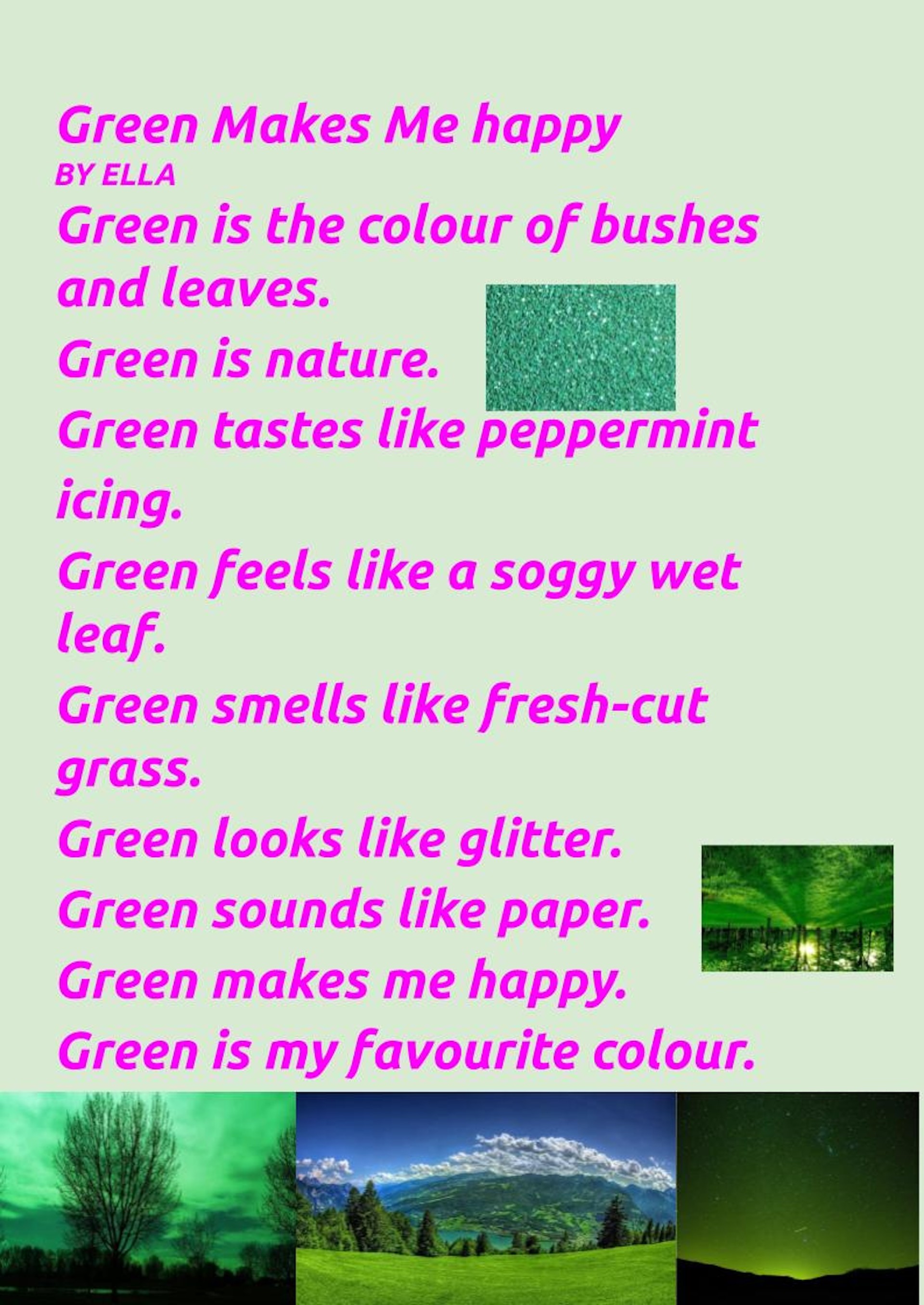
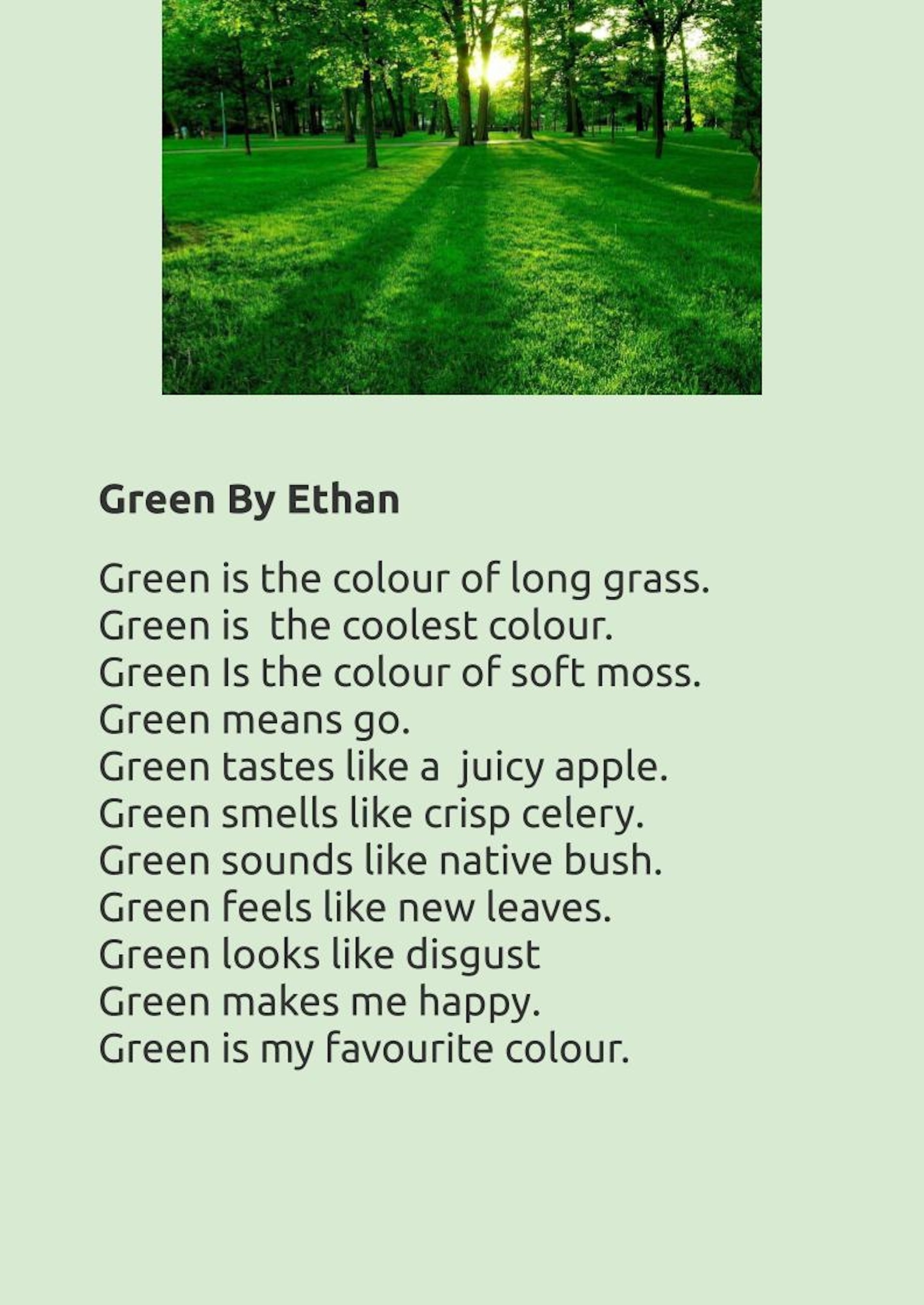
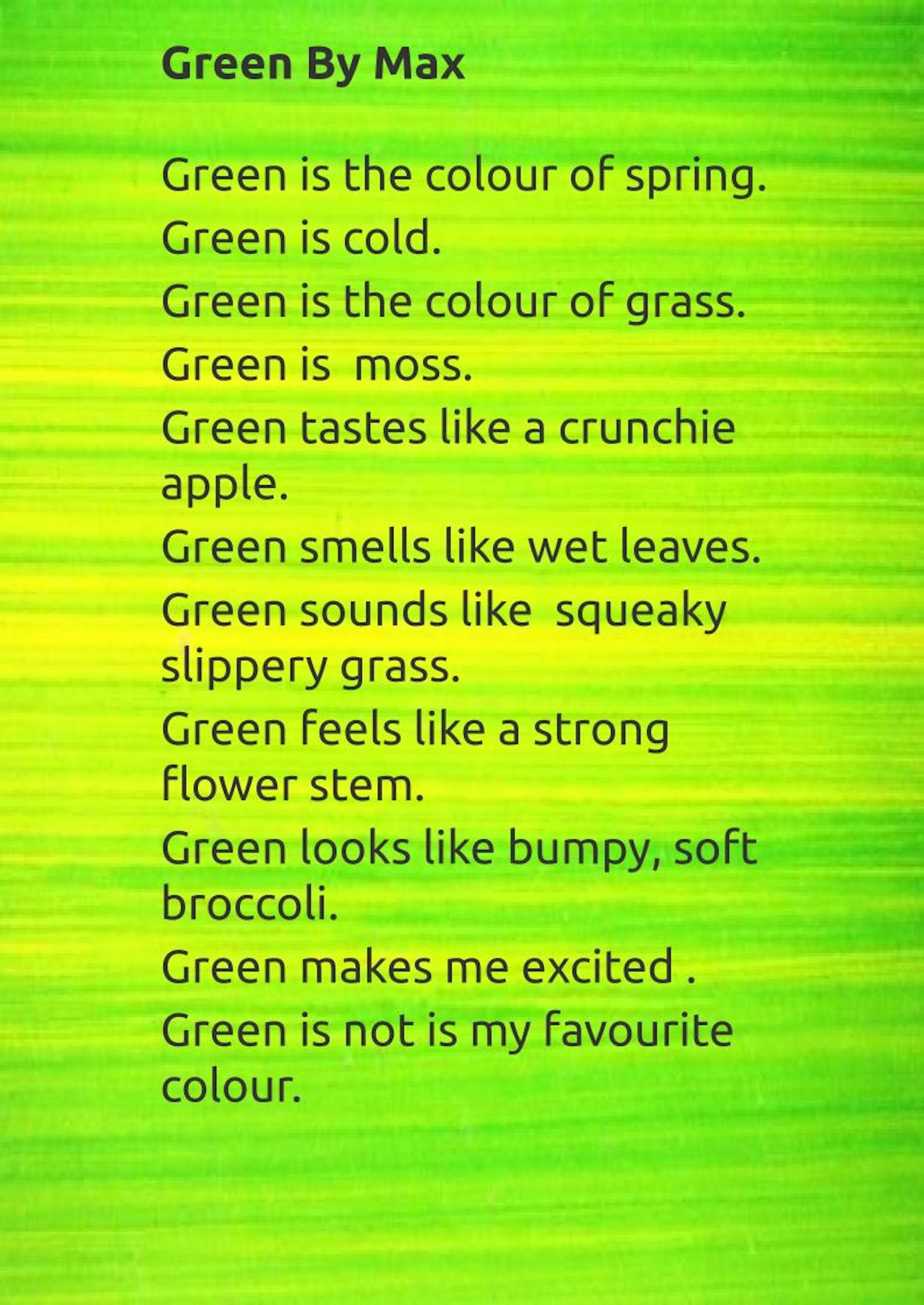

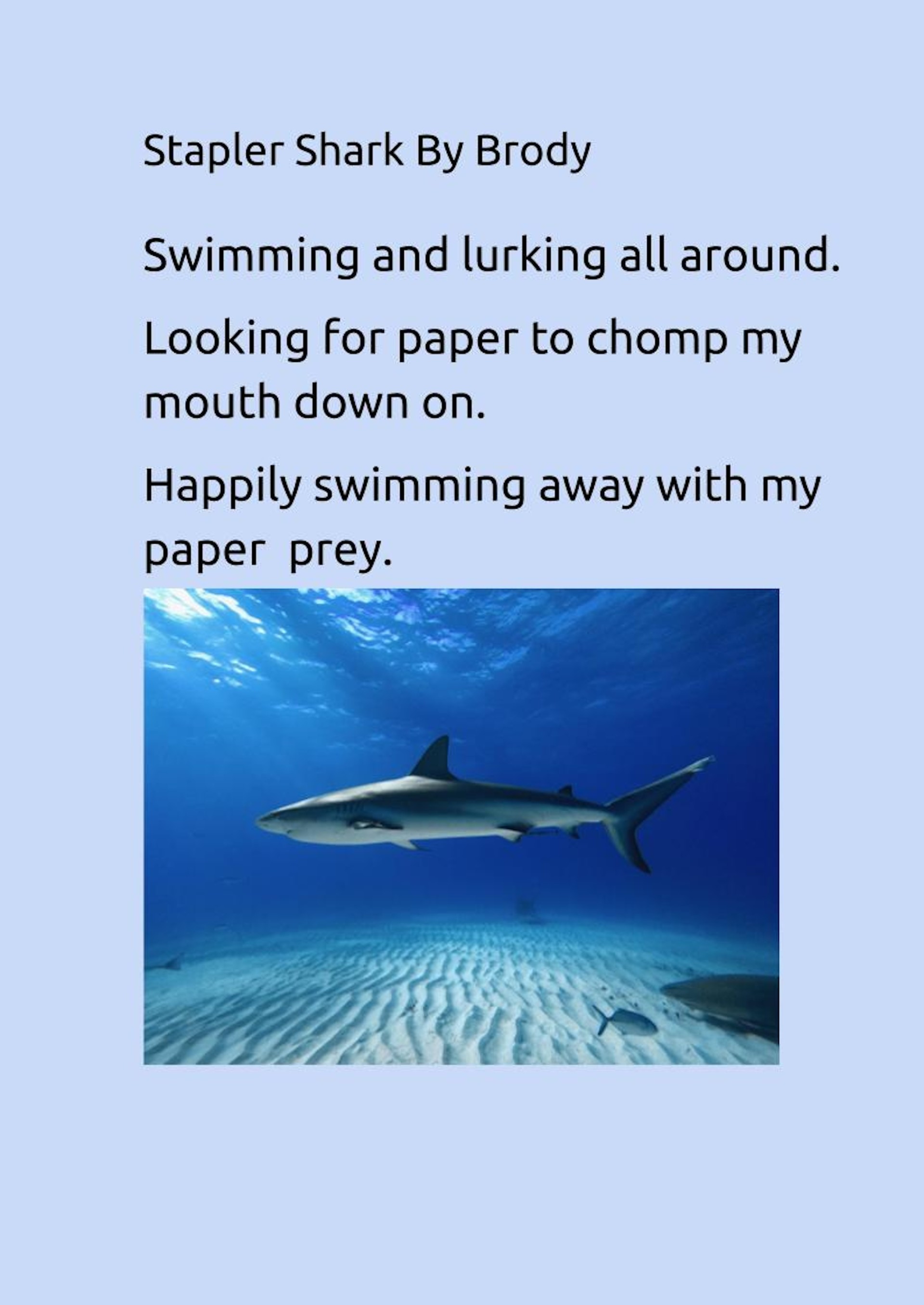
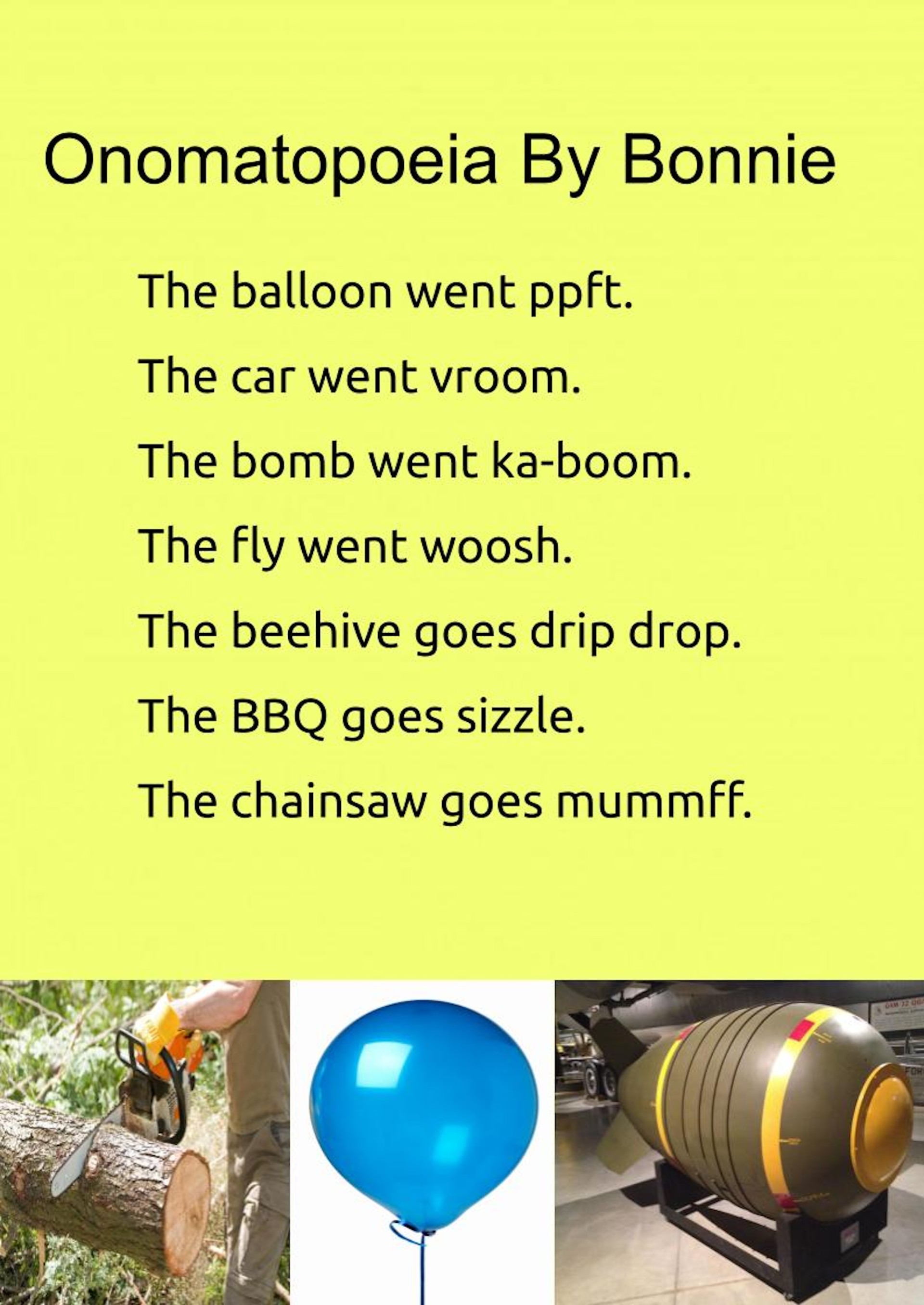
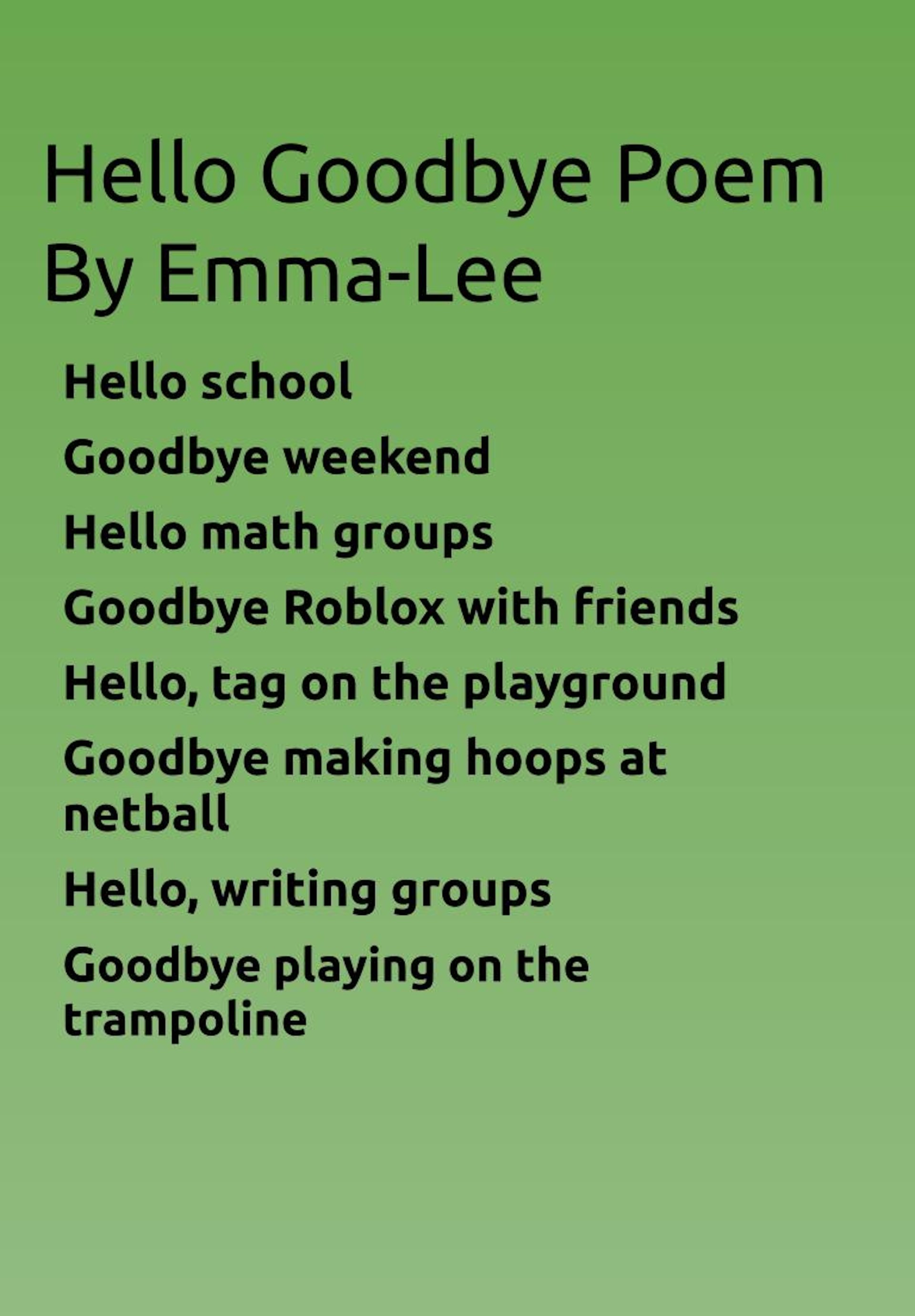

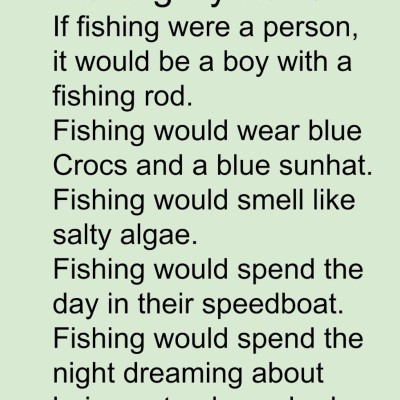
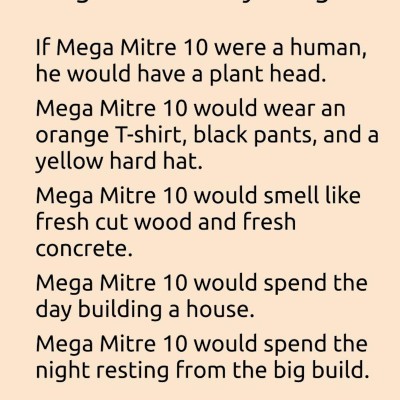
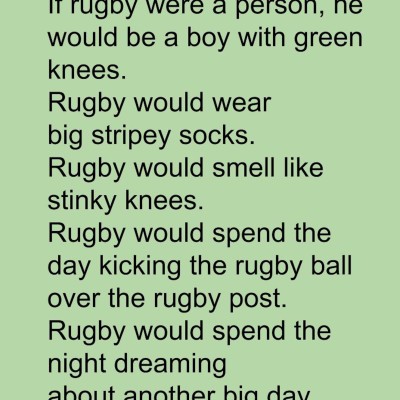

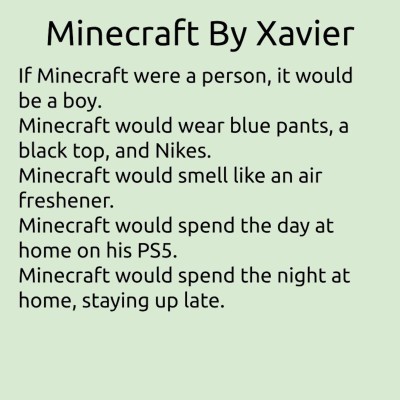
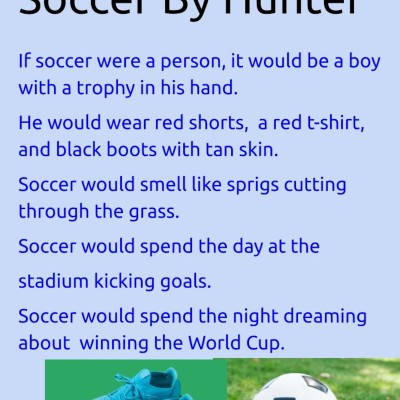
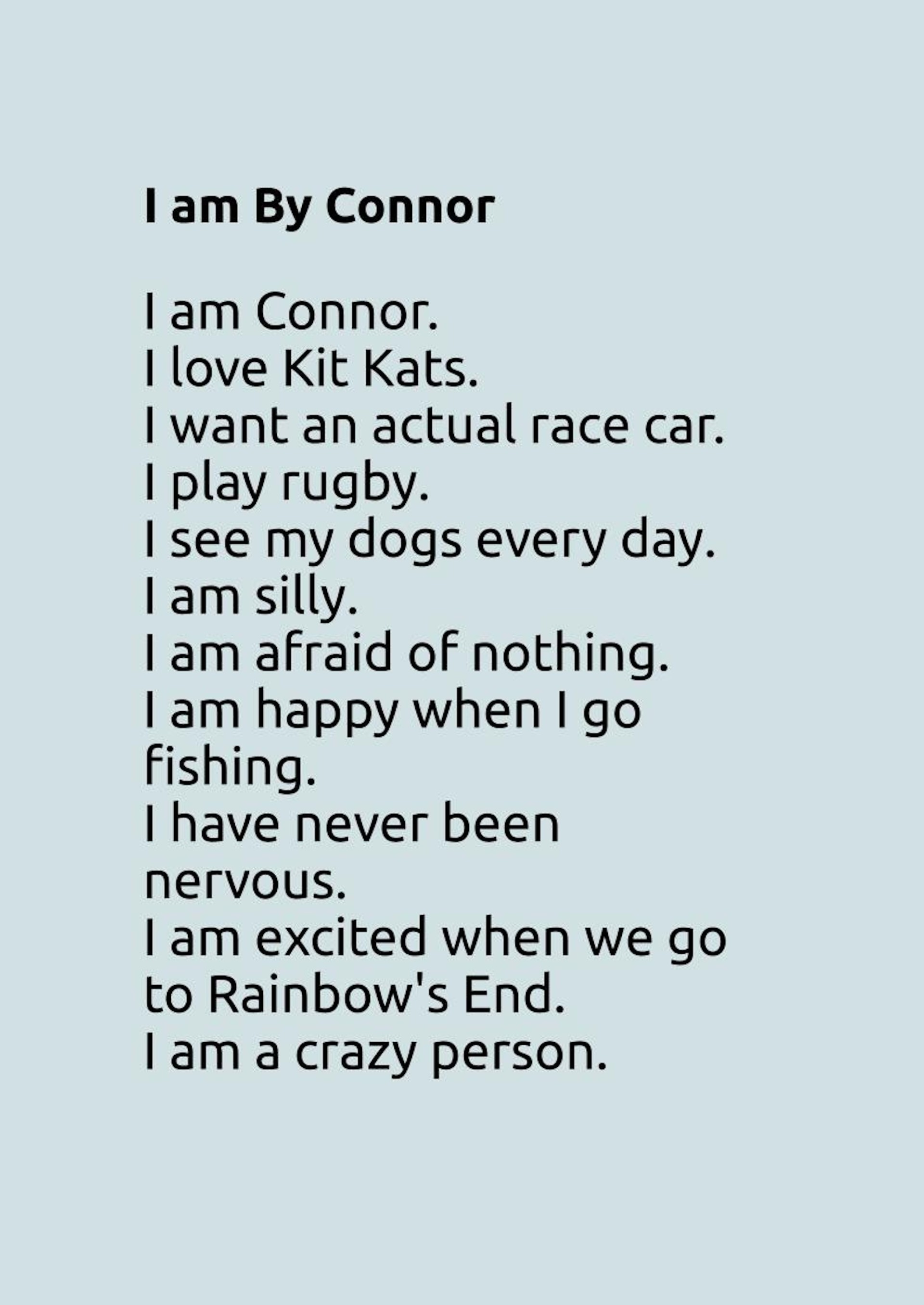


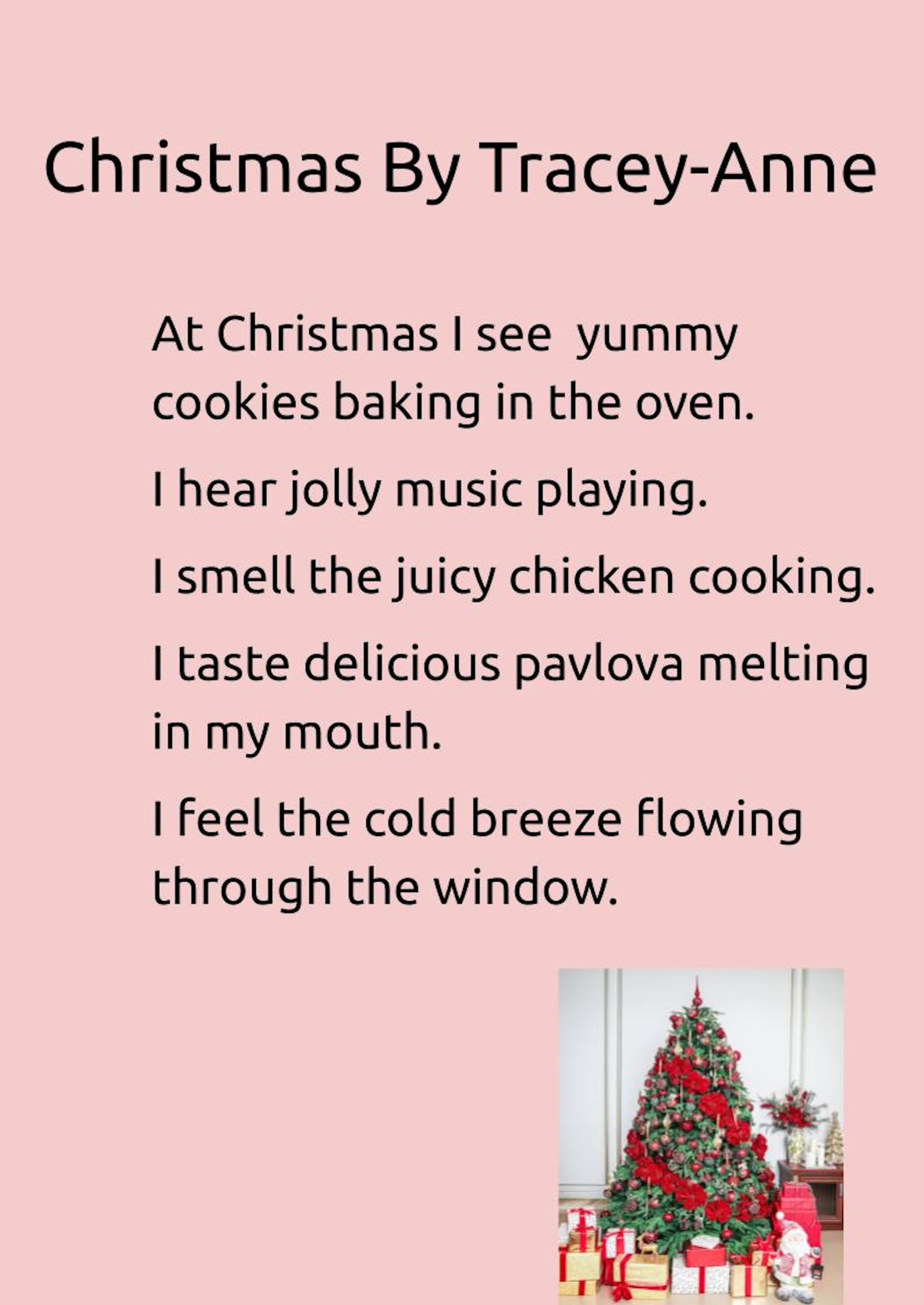


Comments
No one has commented on this post yet.